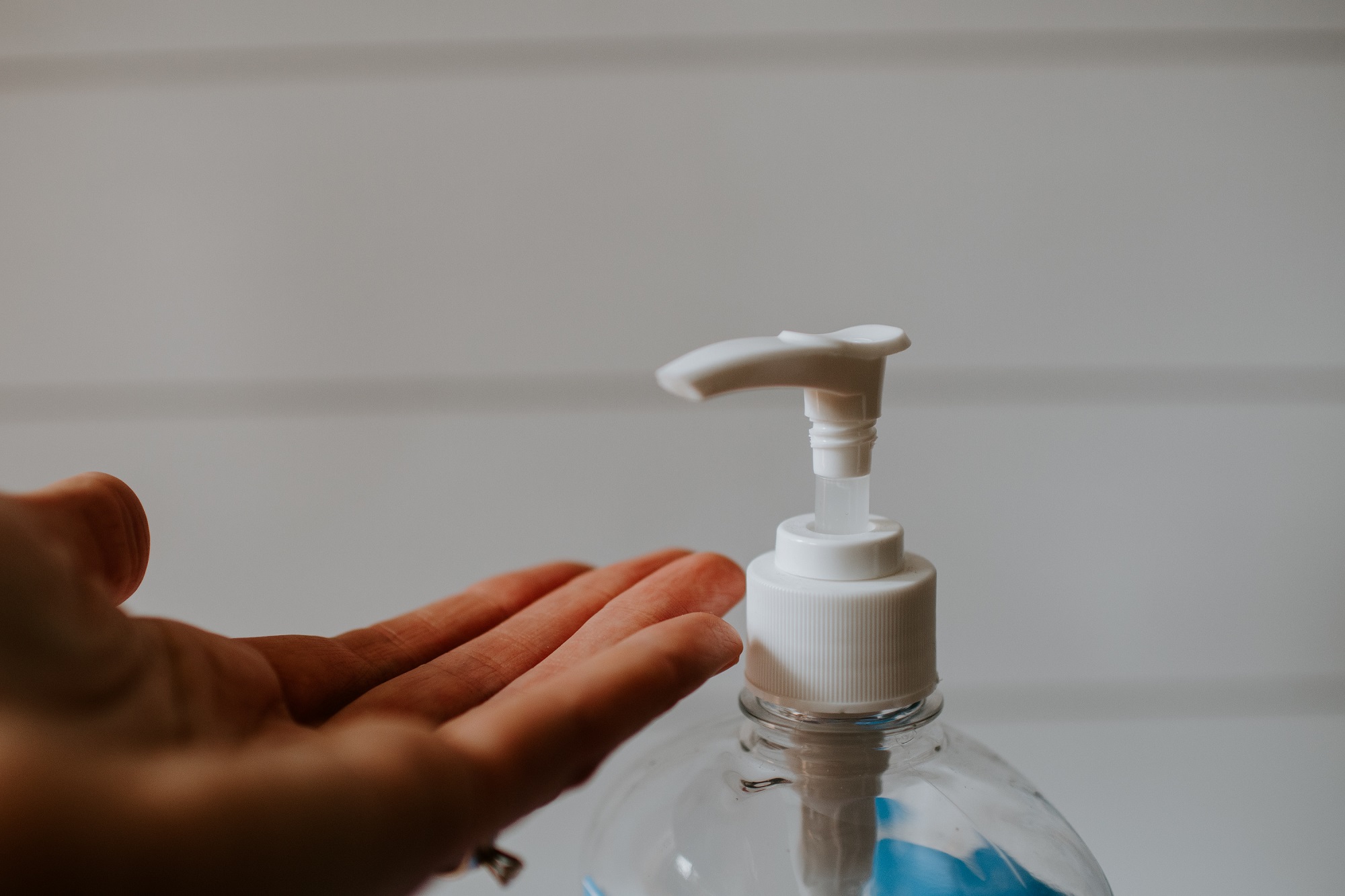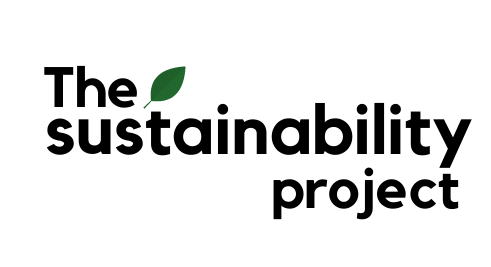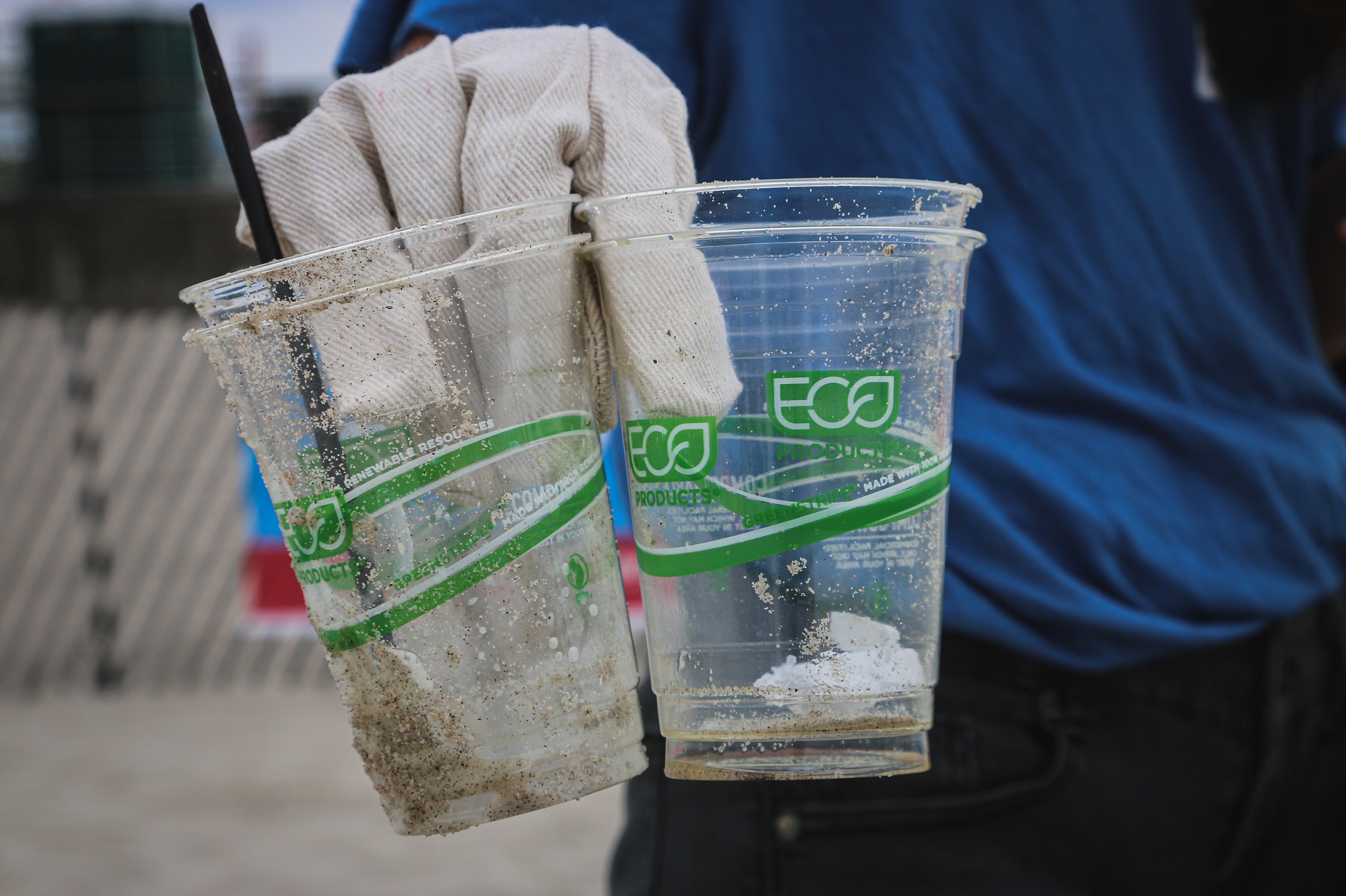If you’d asked me what’s my biggest takeaway from living an eco-conscious lifestyle, it’s more than just about the Earth.
Being an eco-conscious consumer is more than trying to prolong the longevity of the planet, or saving humankind. To me, it’s about taking every step closer to understanding why I live the way I do and taking small, corrective steps to live more responsibly as the planet’s tenant.
This includes acknowledging and fixing the blind spots in what I know, which is anything but easy. How do we know what we don’t know? It’s an ongoing process where we continuously reflect on our choices and consumption patterns, and ask questions that challenge them.
There’s a question I always ask myself: are my green purchases really eco-friendly?
Choosing green options never fails to make us feel good about ourselves. Whether it is receiving biodegradable plastic bags or purchasing a product that claims to be better for the environment, we’re making a positive difference…right?
Unfortunately, not always.
Green products are not always as eco-friendly as you think, and how do we identify that? This is where the toolkit of seven sins of greenwashing comes in.
A quick background to this: Canada-based environmental marketing agency, Terra Choice Environmental Marketing Inc., published a report in 2007 that cited the six most common greenwashing practices based on a survey across 1,018 consumer products bearing environmental claims. Only one product was found to not have committed any of the six greenwashing sins. In 2010, Terra Choice added the seventh sin to the list.
There are plenty of resources that explain what these sins are, so I’ll just touch briefly on each one here with examples:
1. Sin of the hidden trade-off
What it is: Suggesting a product is “green” based on a single environmental attribute or an unreasonably narrow set of attributes.
Example: An apparel that claims to be made with recycled materials and thus better for the environment. This may not be false, but it also doesn’t tell you how much of the final product is made of recycled materials. Moreover, the actual environmental impact of the entire manufacturing process is also unknown.
2. Sin of no proof
What it is: A claim that cannot be substantiated by easily accessible supporting information, or by a reliable third-party certification.
Example: A beauty product that claims to be cruelty-free, but doesn’t substantiate that with any third-party certification from organisations such as PETA and Cruelty Free International. (If you’re interested, you can read more about cruelty-free certifications here.)

3. Sin of vagueness
What it is: A claim that is so poorly defined or broad that its real meaning is likely to be misunderstood by the intended consumer.
Example: A bottled shampoo that is marketed as eco-friendly because it contains botanical ingredients. This distracts consumers from the use of plastics and other chemical ingredients that could be harmful to aquatic life.
4. Sin of irrelevance
What it is: An environmental claim that may be truthful but is unimportant and unhelpful for consumers seeking environmentally preferable products.
Example: A product packaged in biodegradable materials – in the context of Singapore, trash is incinerated, and if you’re thinking about composting, fact is, not all biodegradable materials are compostable (read more here and here).
5. Sin of lesser of two evils
What it is: A claim that may be true within the product category, but that risk distracting the consumer from the greater environmental impacts of the category as a whole.
Example: Bioplastic bottled water, which is made using plastics derived from plants instead of petroleum. Bioplastics are not necessarily better for the environment, and making consumers feel good about using single-use disposables could contribute to the problem of growing waste.
6. Sin of fibbing
What it is: Environmental claims that are false.
Example: “Organic” products that are not actually organic. This may be less common in Singapore where such claims require certification proof. However, with e-commerce platforms, we have gained more access to overseas products that might have bypassed regulations and checks.
7. Sin of worshipping false labels
What it is: Creating false certifications or labels to mislead consumers.
Example: This is pretty self-explanatory. Similar to the example above, false certificates might not be common here, but we ought to be cautious and practise due diligence to find out more about product claims, and verify them wherever possible.

Now that you’ve read about these common practices of greenwashing, I hope you’re not feeling too jaded! Understandably, some of us may feel disillusioned with the lack of information and obscured business practices. We should also take caution not to demand that companies avoid all 7 sins of greenwashing. Sometimes it’s really about making choices that create less impact, and some damage to the environment is unavoidable.
As long as we are humans, we will consume resources and produce waste. We will make mistakes and sometimes choose the easier way out. We buy things despite not knowing if they’re truly better for the environment, and may even choose to feel good about green purchases that actually bug us just a little deep inside.
Does that make you a terrible consumer? No, and why is that so? If you put eco-friendliness on a scale, no person will be at the far end of Perfectly Eco-Friendly.
Really, it all boils down to mindfulness of our consumption, and what we can and are willing to do. Sometimes it’s one step forward and two steps backwards, but it’s okay! That’s just life.
Nevertheless, as directors of our own lives, here’s what you can do as a consumer:
Always first ask yourself if your “green” purchase is necessary.
Do you really need another reusable container? Are there any alternatives that you can use? Do you convince yourself that you “need” something, when in reality, it’s a want, for reasons such as aesthetics and social cues?
You can also find out more about products before purchasing them. Look out for honest reviews of their pros and cons, usage recommendations and end-of-life treatments to help you make an informed decision.
If it’s necessary, then ask yourself and the companies: is your purchase really eco-friendly?
Part of a sustainable lifestyle is doing due research so that your decisions are informed and responsible. While some people want to be eco-friendly “effortlessly”, let’s face it. Humankind has lost its coexistent relationship with nature, and we have to relearn how to do that. Just like how we need to put in the effort to get a job promotion, we also need to do the same for ourselves and the Earth. Do research, find out the entities behind the research, ask questions, practise mindful consumption – there’s never too little you can do!
Never underestimate your power as a consumer. In great numbers, where your money goes can signal and push companies in the direction towards sustainability.
Having read about the seven sins of greenwashing, I hope that it is helpful for you when considering your future purchases!

